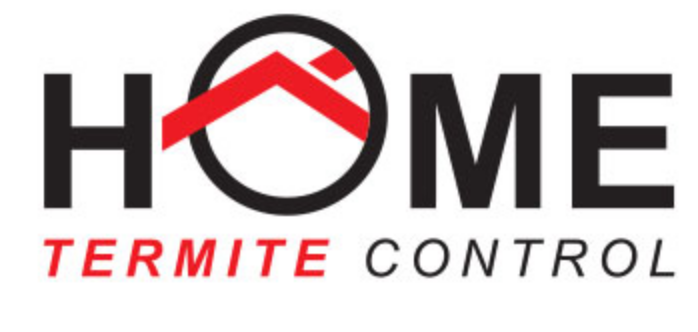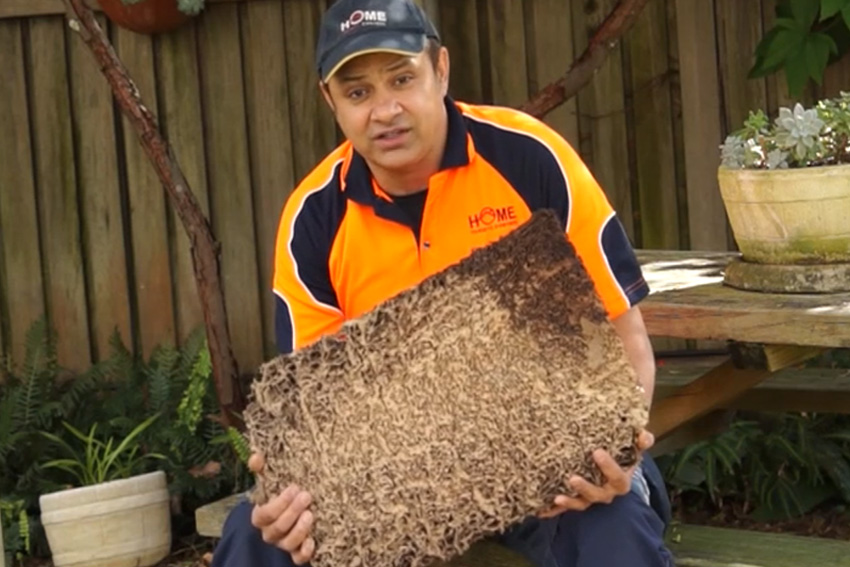Read this Before You Buy a House! Evidence of Termite Infestation
Purchasing a home that has never had a termite infestation is ideal. However, with the right tools and know-how, repairing most termite damage (including fixing damaged walls) is possible. Knowing how to fix the damage and what termite elimination options are available can be invaluable when haggling for a lower purchase price.
Worried About Evidence of Termite Infestation in House?
- Considerations before purchasing a home (whether existing or newly built).
2. Uncovering the history of termite infestations on the property (if any).
3. Weighing up whether a house is worth making an offer on that has prior (or existing) termite damage.
Purchasing a Home (Termites can be in Existing AND New Buildings)
Buying a house is perhaps one of the biggest decisions you will ever make. That is why whether you are buying an existing house or a newly built one, you need to ensure that the property is:
• In excellent condition.
• Well-maintained.
• (Ideally) Free of termite infestations.

Why Do I Need to Know If a property has had prior termite infestations?
1. Unforeseen Costs
• There may be damage hidden away that prior owners have tried to cover up rather than fixing properly.
• Prior damage may need further repairs or strengthening (particularly if near structural beams).
2. Knowledge is Power
• Knowing the type of termite that attacked the house previously and how they gained access will be invaluable for your future termite proofing and prevention plans.
• If you do have a new outbreak of termites on your property, the property’s termite history could give your termite technician an advantage in getting the infestation under control.
How Do I Find Out if a Termite Infestation Has Occurred in a House?
Termite Inspections and Disclosure
Though termite disclosure is required by law in some countries, not all sellers will abide by it and some may not even be aware that they have a termite infestation. Given that, home buyers must hire a licenced termite inspector to check the prospective home for signs of previous and current termite invasions.
• Ask for copies of prior pest and timber inspections.
• Ask for copies of past and current termite treatments. Reputable sellers should have proof of annual termite inspections and proof of treatments applied/baits used on the property).
• Ask for a pre-purchase timber and pest inspection to be carried out by your licenced pest controller.
• Ask for proof of repairs done on the property after termite infestations.
Tip: Don’t hesitate to contact the technician who carried out services on the property you are looking to buy, should you have any questions. Remember – when in doubt, organise a termite inspection with an inspector you trust.
Termite Damage Repairs For Newly Purchased Homes
If you are worried that your dream house has a current or past termite problem, you do not need to run away from it immediately.
• The most invaluable people who can advise you on past and present infestations is a professional termite control company.
• If there is damage, getting a builder on-site to examine the damage and provide a quote for repair may also prove indispensable.
These two experts could save you thousands and possibly even tens of thousands of dollars.
Can I Repair Termite Damage Myself?
Australian’s are a handy bunch – and perhaps you are one of them. If you feel confident that you know the extent of the damage, you may be able to undertake repairs yourself.
Tip: No matter whether you are taking care of fixing the damage, or you are bringing in a contractor, remember to negotiate a lower purchase price when buying the home!
Tools You Will Need on Hand:
• Just about any chisel you have on hand will work however if you need to buy one, look for a flat blade or bench chisel(*1). If you have a chisel attachment for your screwdriver, this may also work.
• Sandpaper – medium and fine grit(*2).
• Wood filler(*3).
• Screwdriver, bits, and screws. Any screws you have on hand should suffice.
Method:
a) Using the chisel and sandpaper, tidy up timber to make a smooth surface.
b) Drill screws into the wood. The screws provide support and a non-porous surface for gap filler to adhere to(*4).
c) Use a quality, non-porous wood filler to fill any gaps.
d) Allow to cure and sand with a fine-grit sandpaper.
Note: If the timber you are repairing is structural wood, we highly recommend getting a licenced builder to inspect its integrity. When it comes to the safety of your home, corners should never be cut.
Final Note from the team at Home Termite Control
Be sure to seek a professional termite inspector and exterminator to determine the extent of the infestation/damage. They can also advise you on what further steps will need to be taken.
Call Brad at Home Termite Control on 0488 991 126 to book yourself a termite inspection.
References *1. Wonkee Donkee Tools. What are the different types of wood chisel? 2021. *2. Wallender, L. Sandpaper Grit: What to Know Before You Buy. The Spruce. 2020. *3. McCoy, W. Recommended Wood Filler for Termite Damaged Wood. 2021. *4. Home Termite Control. Termite Damage Repair Options. 2021.

